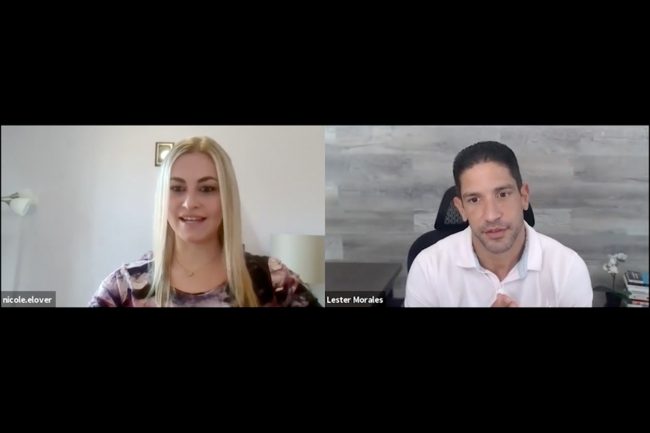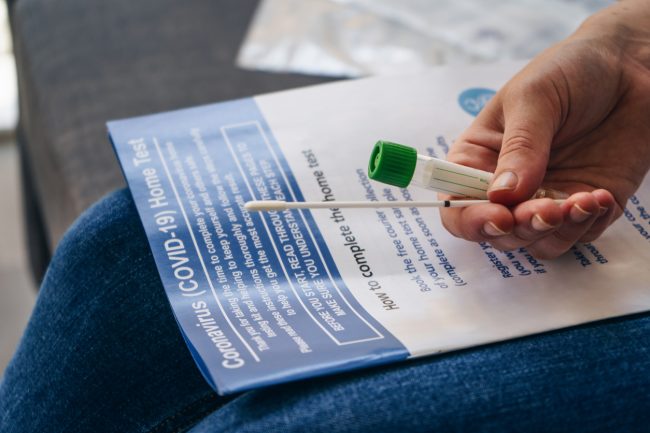Health Plan Rebates in 2021 to Be Second Highest on Record
Group health plan insurers are expected to pay out $618 million in rebates to plan sponsors for the 2020 policy year after seeing use of health care services plummet during the COVID-19 pandemic.
That’s according to a Kaiser Family Foundation estimate in April, which also projects that insurers will pay out $1.5 billion in rebates to enrollees in the individual market.
The total $2.1 billion estimated payout this year is second only to the $2.5 billion insurers paid out in 2020 since the Affordable Care Act took effect and started requiring these rebates. Small and large group health plans received $689 million in rebates in 2020.
The ACA requires insurance companies that cover individuals and small businesses to spend at least 80% of their premium income on health care claims and quality improvement, leaving the remaining 20% for administration, marketing and profit. If they spend less than 80%, the shortfall has to be returned to policyholders in the form of a rebate.
The threshold for large group health plans is 85%. This threshold is called the medical loss ratio (MLR).
The rebates that will be paid in 2021 are based on a three-year MLR average loss ratio (2020, 2019 and 2018). Rebates this year will be paid to sponsors who had group health policies in effect in 2020, and only to those who were in plans that failed to spend enough on medical services. Many plans spend more than the MLR cap on medical services and do not have to pay.
There are two main drivers of larger rebates this year:
There was a significant drop in health care utilization in 2020 — The pandemic depressed the use of medical services as many people who would normally have gone to the doctor for ailments chose to stay home to avoid the risk of contracting COVID-19.
Also, hospitals cancelled elective care early in the pandemic and when COVID-19 cases were cresting, so that they could free up resources for coronavirus patients and reduce the virus’s likelihood of transmission. In fact, an analysis by the Peterson-KFF Health System Tracker found that health care spending fell slightly in 2020, making it the first year on record to see spending decline.
Insurers in the individual market had record profits in 2018 and 2019 — The Kaiser Family Foundation earlier reported that individual market insurers were very profitable in 2018 and 2019, even though the individual mandate penalty was eliminated in 2018 and insurers had been reducing their rates the previous few years.
How to handle rebates
Health insurers may pay MLR rebates either in the form of a premium credit (for employers that are still using the insurer) or as a lump-sum payment. More than 90% of group plan rebates come as a lump sum.
Once an employer receives this money, it is their responsibility to distribute the rebate to plan beneficiaries appropriately within 90 days, or risk triggering ERISA trust issues.
How the employer distributes the check will depend on how much their employees contribute to the plan, if at all. Here are the basic rules for employers handling their MLR rebate checks:
- If you paid 100% of the premiums, the rebate is not a plan asset and you can retain the entire rebate amount and use it as you wish.
- If the premiums were paid partly by you and partly by the participants, the percentage of the rebate equal to the percentage of the cost paid by participants must be distributed to the employees.
If you have to distribute funds to the plan participants, the Department of Labor provides a few options (if the plan document or policy does not already prescribe how they should be distributed):
- The funds can be used to reduce your portion of the annual premium for the subsequent policy year for all staff who were covered by all of your group health plans.
- The funds can be used to reduce your portion of the annual premium for the subsequent policy year for only those workers covered by the group health policy on which the rebate was based.
- You can provide a cash refund to subscribers who were covered by the group health policy on which the rebate is based.











